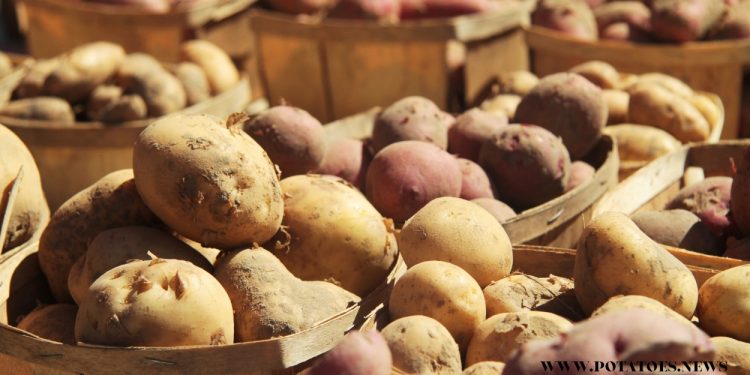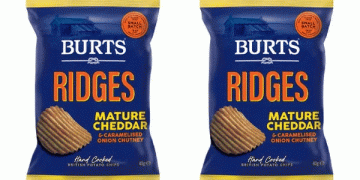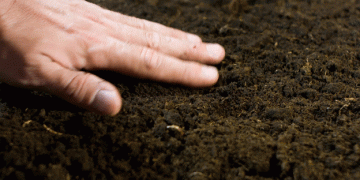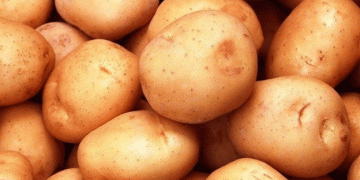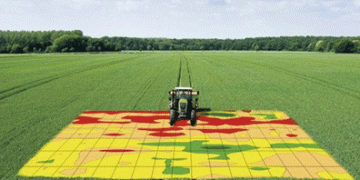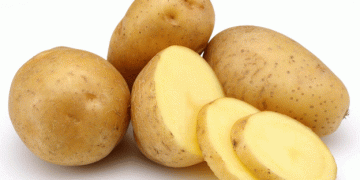How Retailers Can Leverage the Diversity of Potato Varieties to Attract Customers and Increase Sales
In the global potato market, there are over 5,000 different potato varieties, each with unique characteristics. Despite this diversity, how well do Russian consumers and retail buyers understand the potatoes they purchase? And how can retailers harness this variety to attract customers?
Anna German, co-owner and director of the agricultural holding company “Dary Malinovki,” explores these questions in this detailed analysis.
According to RankingRoyals, Russia ranks fourth worldwide in potato consumption, with an impressive average of 112 kg per person per year. Yet, many consumers are not fully aware of what type of potato they are buying, whether loose or pre-packaged. This lack of knowledge often leads to dissatisfaction when the purchased potatoes do not meet their culinary expectations.
The primary issue lies in the absence of clear labeling for potatoes. Often, consumers purchase potatoes without understanding the variety or its specific qualities. Furthermore, the lack of stringent labeling regulations means that even potatoes intended for processing can end up on supermarket shelves. This ignorance about potato characteristics and the need for better labeling practices perpetuates a low level of varietal consumption, leading to misconceptions about the product.
To address these issues, it is essential to delve into the various classifications of potatoes and their characteristics. Potatoes can be categorized based on their intended use and physical traits:
1. Based on Use:
- Table Potatoes: These are meant for direct consumption and are subdivided into categories based on culinary properties:
- Salad Potatoes: Do not fall apart during cooking, suitable for salads and soups.
- Boiling and Frying Potatoes: Medium starch content, suitable for boiling and frying.
- Mashed Potatoes: High starch content for smooth mashed potatoes.
- Chipping Potatoes: Even sugar distribution for making chips.
- Frying Potatoes: Specific properties ideal for making French fries.
- Diet Potatoes: Low in starch and sugar, high in antioxidants.
- Universal Potatoes: Suitable for both food and industrial uses, with moderate starch content.
- Processing Potatoes: Designed for industrial applications such as starch, alcohol, or glue production.
- Feed Potatoes: Used as animal feed, high in nutrients and less concerned with appearance.
2. Based on Color:
- Purple Potatoes: High in antioxidants and low in starch, suitable for a healthy diet. Example: “Bagira.”
- Yellow Potatoes: Creamy texture, often used for baking and boiling. Examples: “Vega,” “Lilly.”
- White Potatoes: Neutral taste and smooth texture, versatile for various dishes. Examples: “Innovator,” “Meteor.”
- Red Potatoes: Firm texture and slightly sweet taste, ideal for boiling and roasting. Example: “Red Scarlett.”
- Pink Potatoes: Rich in antioxidants with minimal sugar and starch. Example: “Lila.”
3. Based on Starch Content:
- Low Starch: Firm texture for salads and baking, typically early-season varieties like “Colomba.”
- High Starch: Fluffy texture for mashing and soups. Example: “Lisana.”
Despite the extensive range of potato varieties, most retail chains fail to offer a broad selection. However, increasing the variety on store shelves offers several benefits.
A study by IRI highlighted that offering a diverse range of potato varieties and smaller, value-added packaging can boost sales. Effective merchandising practices, such as displaying potatoes in multiple formats, help increase customer interest and drive higher average prices.
By educating both consumers and retailers about potato varieties, and introducing clear labeling that indicates the best uses for each type, retailers can improve customer satisfaction and expand their market reach.
